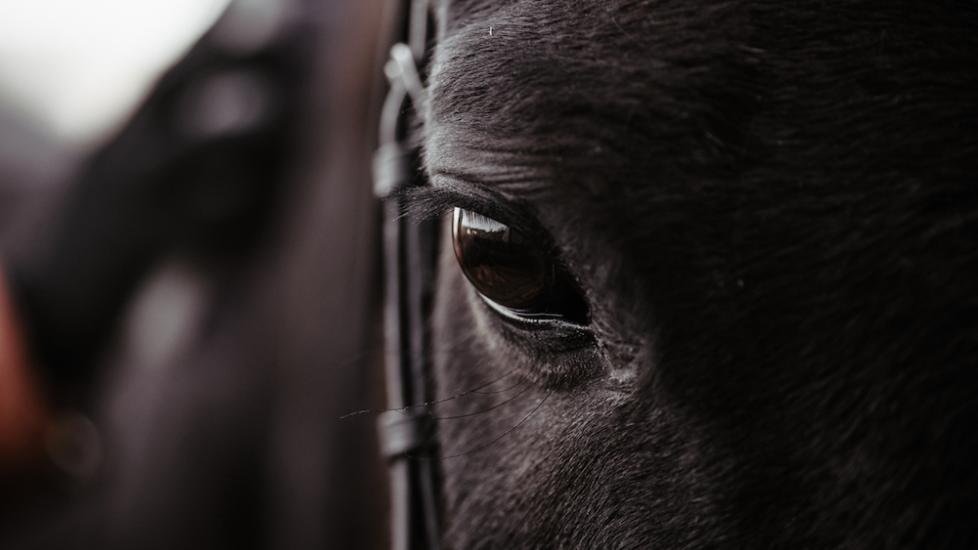Warts in Horses
What Are Warts in Horses?
The most common type of wart in a horse is called a papilloma–this is a benign skin growth that is linked to the Equine Papilloma Virus (EPV).
Papillomatoses are the most common type of tumor which affect the mucocutaneous (mucous membranes and skin) or haired skin.
Symptoms of Warts in Horses
Typical signs of warts include single or multiple growths/bumps on the skin surface. Warts are most commonly found on the muzzle and lips. Other locations can include:
-
Eyelids
-
Penis
-
Vulva
-
Mammary glands
-
Lower legs
-
Ears
Warts can appear 0.2–2 cm in diameter, and 0.5 cm in height. They may be gray, pink, or white in color.
Causes of Warts in Horses
Warts are caused by several strains of papillomavirus and usually seen in horses less than three years old. This virus often takes advantage of skin that has been compromised or stressed by sunburn, minor injury, or insect bites.
The virus is transmitted by direct nose-to-nose contact with an infected horse or indirect contact through tack, grooming supplies, water buckets, or human hands. Humans are carriers only of warts.
How Veterinarians Diagnose Warts in Horses
Veterinarians can diagnose warts based on physical exam, history, and appearance of the growths. A biopsy or sample of the growth can be removed and sent off to a laboratory for a definitive diagnosis.
Treatment of Warts in Horses
Warts typically regress or resolve on their own within one to nine months. No treatment is generally needed unless the warts are in an area where they interfere with tack or are irritating to the horse and developing open sores. Surgical treatment, removal of the entire wart, can be performed when necessary. Topical antibacterial ointment may be prescribed to treat secondary infections.
Recovery and Management of Warts in Horses
If your horse has a wart, be sure to quarantine him away from any other horses since underlying viruses are contagious to other horses. These horses should have designated equipment, water and feed buckets, and grooming supplies only to be used on them. Any human interaction with these horses should always be followed by hand washing.
Preventing insect bites by using insect repellant and other measures can help to decrease irritation in the affected horses and limit the spread of the virus among other horses. Secondary skin infections can occur due to warts.
If a horse has warts once, most horses become immune to any future infections.
Warts in Horses FAQs
How do you get rid of warts on horses?
Most of the time warts will spontaneously resolve on their own within one to nine months. If the wart is in a spot that is causing an open wound, a veterinarian may recommend surgical removal.
What do equine warts look like?
Warts can appear as solitary or multiple growths most commonly seen on the muzzle and lips of young horses.
At what age do horses get warts?
Warts are generally seen in horses less than three years of age.
References
-
Lavoie JP, Hinchcliff KW, Brown CM. Wiley-Blackwell. Blackwell’s Five-Minute Veterinary Consult : Equine. 2008.
-
Vaillalobos A. Merck Veterinary Manual. Tumors of the Skin in Horses - Horse Owners. October 2022.
Featured Image: iStock.com/GROMOV
